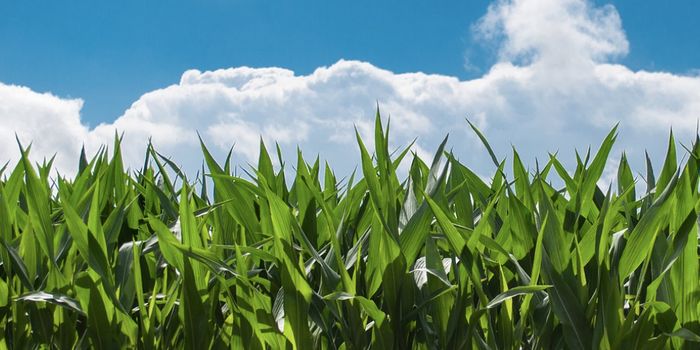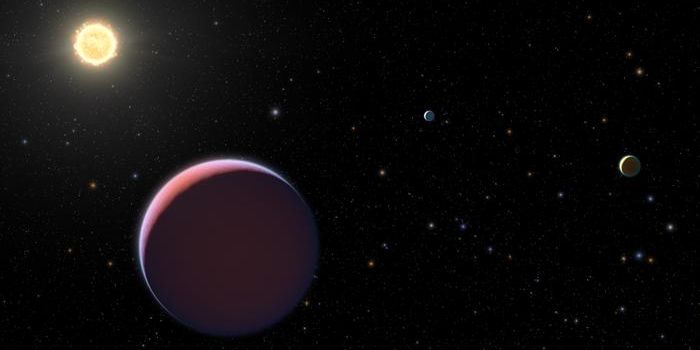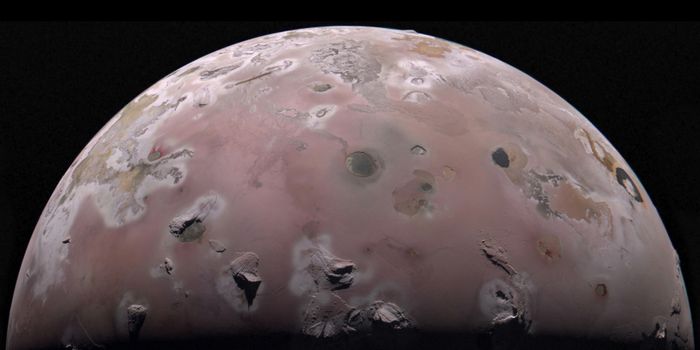How much plastic is there in the snow?
Although everyone’s relieved to see the snow melting into springtime, have you ever thought about what snowflakes could be leaving in their wake? New research published recently in the journal Environmental Pollution from McGill traces the plastic pollution in snowfall, reporting that we should be concerned about the micro-and nano-plastics being left behind.

“This work is promising as it demonstrates that a wide range of recyclable nanostructures, in-laboratory built or commercial, can provide ultra-trace capability for quantification for both soluble polymers and insoluble plastics in air, water and soil. It may thereby produce key missing information to determine the fate of micro/nanoplastics in the environment, and their impacts on human health,” write the authors.
The study used a novel technique combining nano-structured mass spectrometry with other relevant methods that are capable of detecting trace amounts of plastic pollution in the environment, including those found in water and its various forms (snowflakes!). The technique is so sensitive that it can detect the presence of plastic down to the level of a picogram (or one trillionth of a gram). The researchers report that the technique is also sustainable and recyclable.
"It is important to be able to detect even trace quantities of plastics in the environment," says senior author, Parisa Ariya, from McGill's Departments of Chemistry and Atmospheric and Oceanic Sciences. "Though these plastics may be harmless in themselves, they can pick up toxic organic matter and heavy metals from the environment, which can damage human cells and organs."
After collecting snow samples in Montreal in April of 2019, the team utilized the technique to analyze the snow. They found soluble micro-and nano-plastic particles in fresh falling snow. The authors say the pollution is mostly a consequence of the relatively soluble plastics in antifreeze products that can become airborne and attach to snowflakes.
The first author, Zi Wang, a PhD Candidate at McGill adds, "Our hope is that this new technique can be used by scientists in different domains to gain key information about the number of micro-and nano-plastics in urban environments in order to better address their impacts on the ecosystem and on human health."
Sources: Environmental Pollution, Eureka Alert








